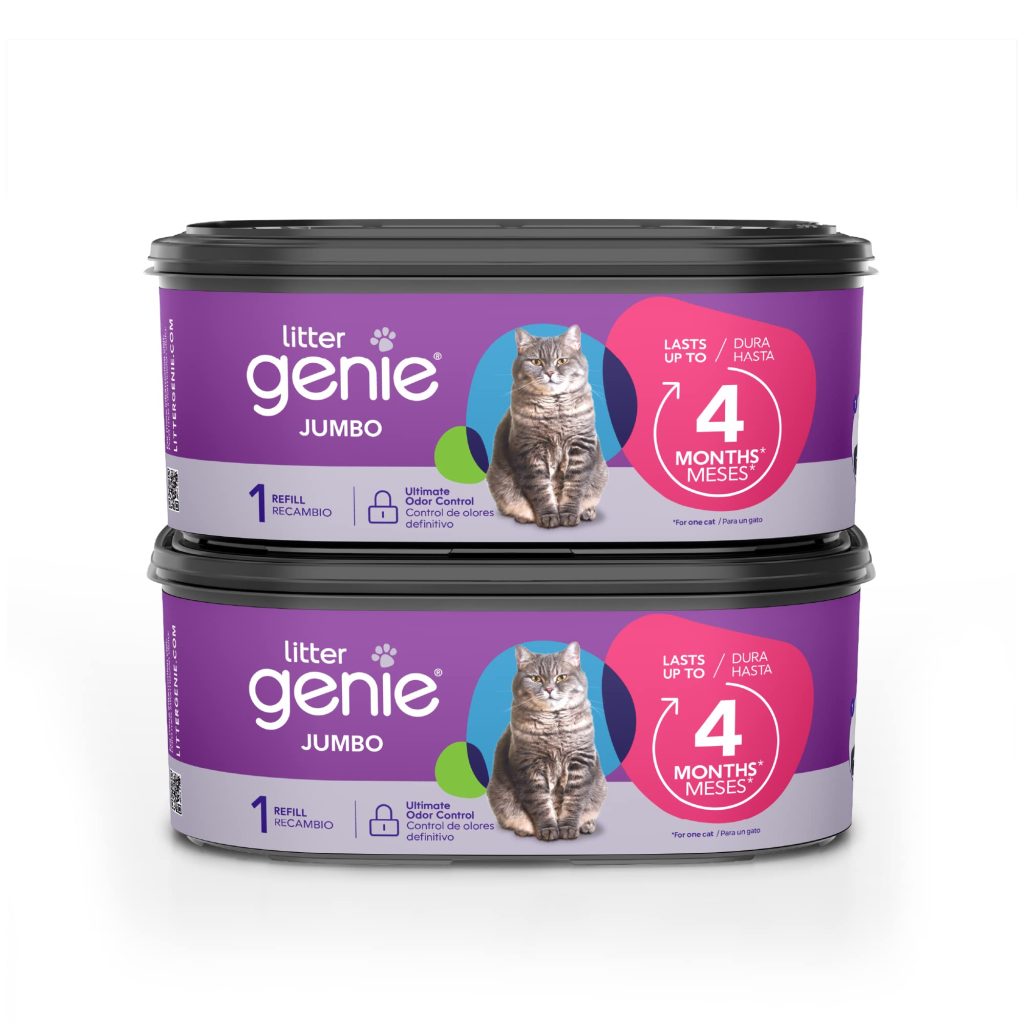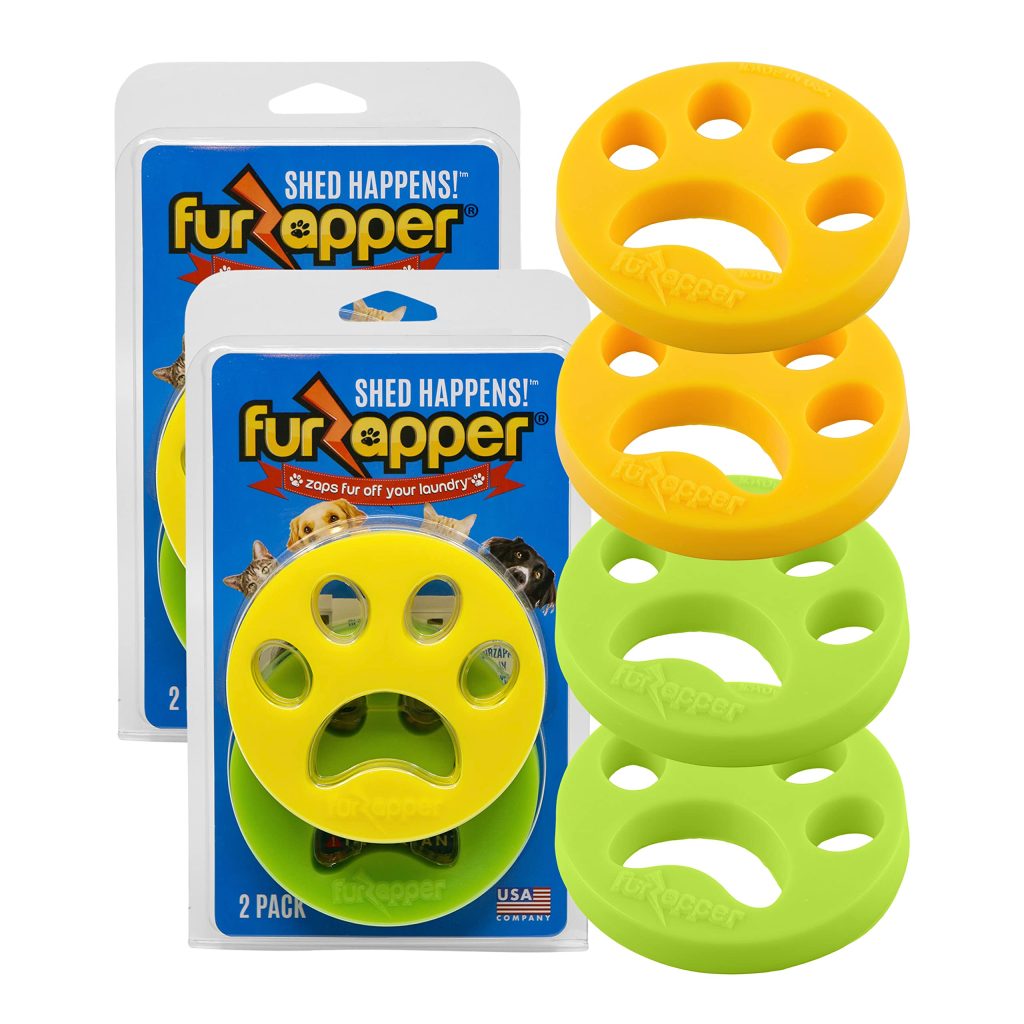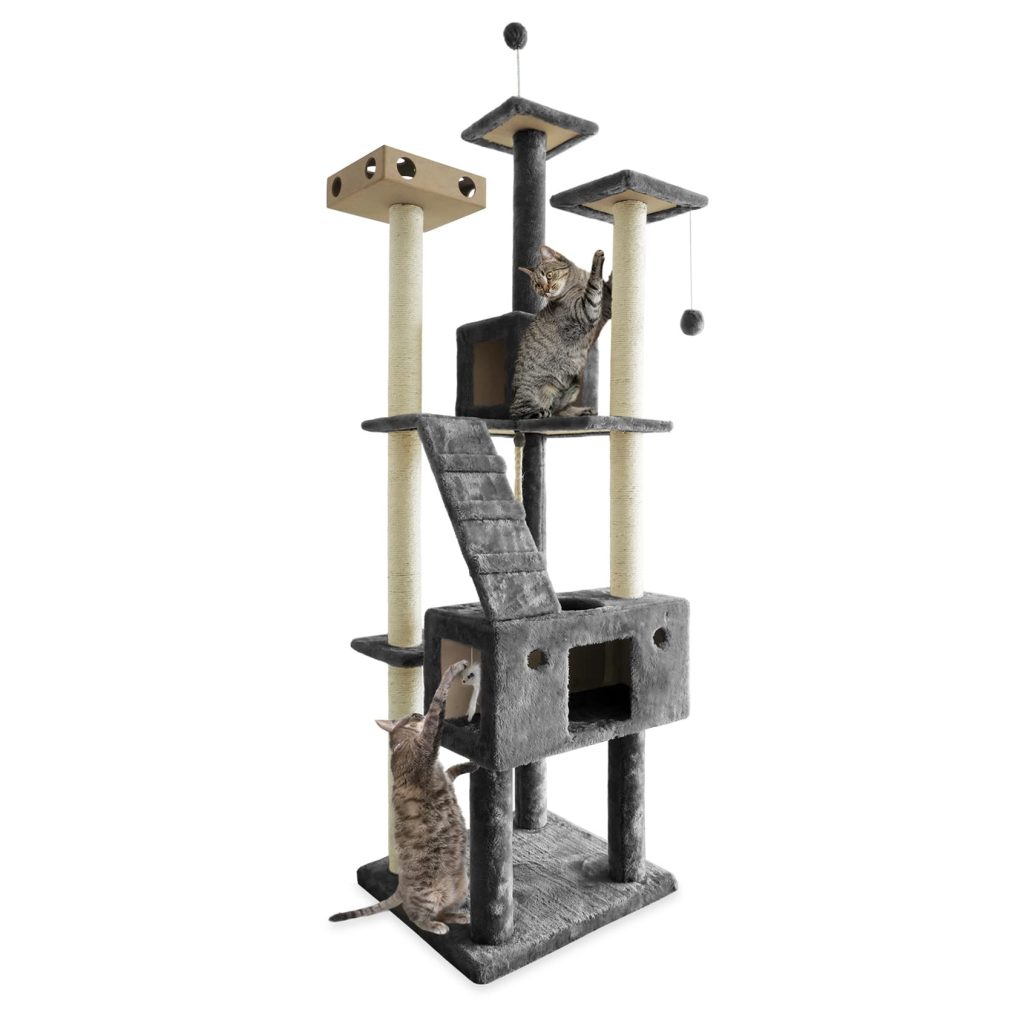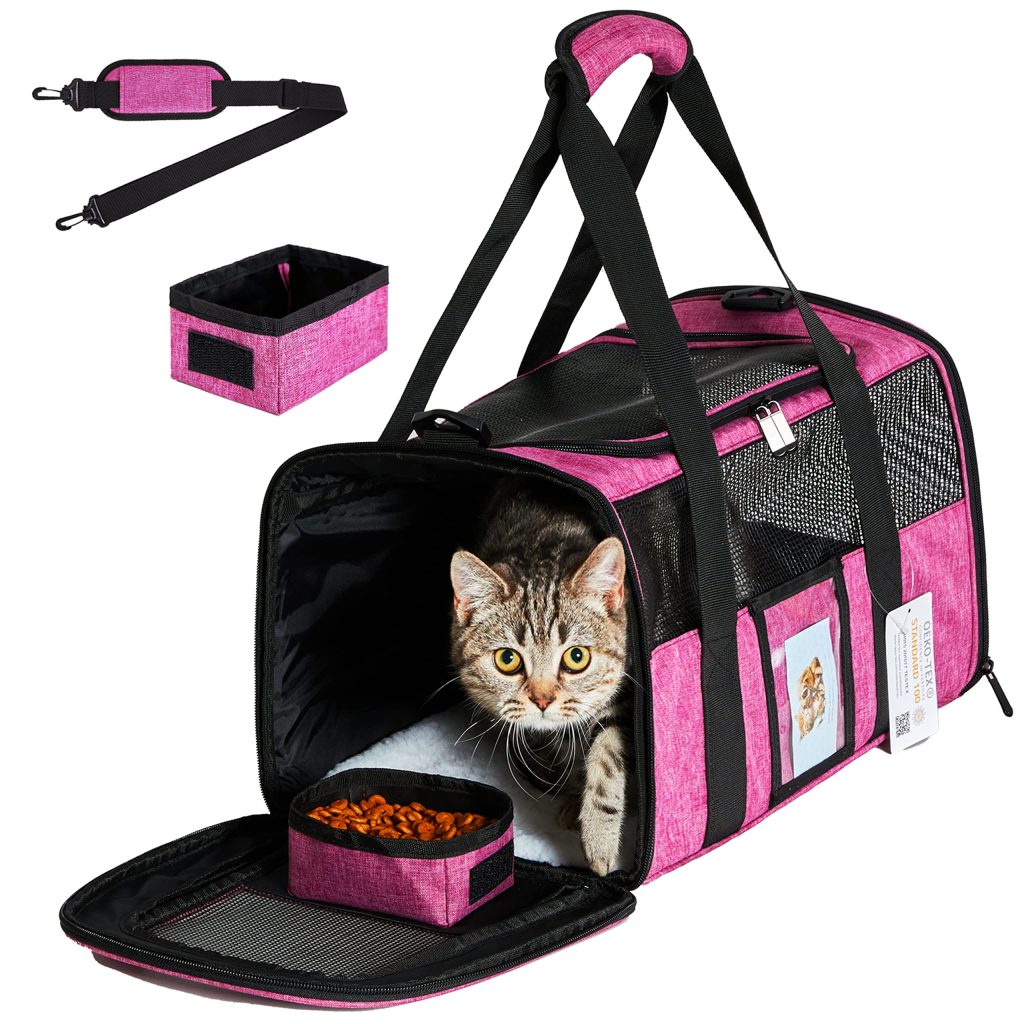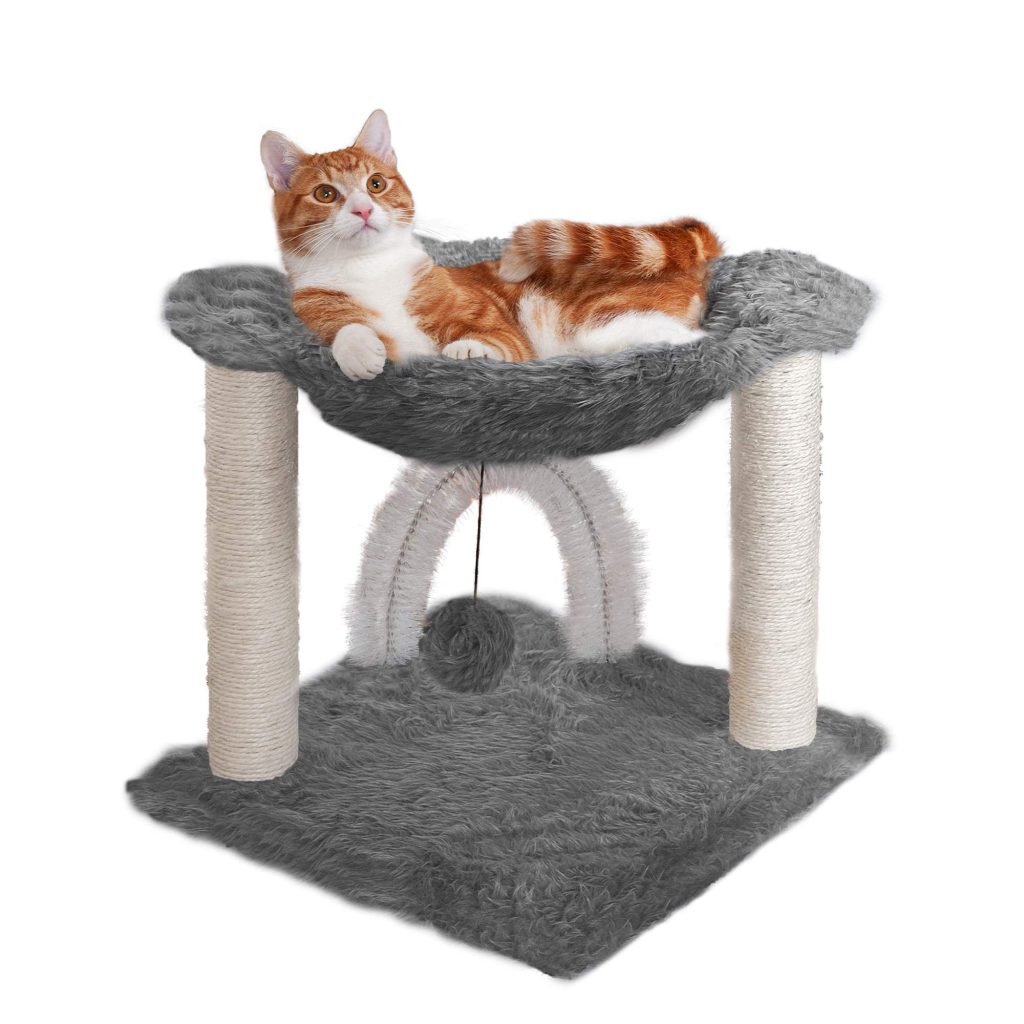
Understanding the intricate interplay between household allergens and our feline companions requires delving into the biology of cats and their unique physiological characteristics. Contrary to popular belief, it’s not cat fur itself that triggers allergic reactions; rather, the primary culprits are proteins found in cat saliva, urine, and skin secretions. These proteins, notably Fel d 1, become airborne as cats groom themselves and can linger in the environment, clinging to furniture, fabrics, and other surfaces, thus perpetuating allergic reactions in sensitive individuals.
As cats engage in their frequent grooming rituals—typically spending up to half of their waking hours meticulously cleaning their coats—they inadvertently disseminate these allergens throughout their surroundings. Such grooming behavior, while an intrinsic part of a cat’s natural hygiene, poses a significant challenge for allergy sufferers. Understanding the dynamics of these allergens not only aids in mitigating allergic responses but also underscores the importance of effective grooming to minimize allergen proliferation.
Furthermore, it is essential to recognize that different breeds produce varying levels of allergens. For instance, the Siberian and Balinese breeds are often cited as having lower levels of Fel d 1 compared to their counterparts, making them potentially more suitable for allergy-prone households. However, individual reactions can vary drastically, underscoring the necessity for prospective cat owners to engage in thorough research and consideration before making a fidelity to a particular breed.
Moreover, environmental factors inevitably play an important role in the management of allergens. High humidity levels can exacerbate the reactivity of allergens, thus necessitating not only an understanding of the allergens themselves but also the implementation of practical measures to control the environment in which cats and their human companions coexist. With this nuanced comprehension of cat allergens, one can take proactive steps in grooming practices to foster a healthier living space that accommodates both cats and their human family members.
The Benefits of Regular Grooming
Regular grooming serves as a formidable ally in the battle against allergens, but its benefits extend far beyond allergen reduction, positively influencing the overall health and happiness of our feline friends. Cats, with their unique coat types ranging from sleek and short to long and luxuriant, thrive on the routine of grooming, which mimics the natural behaviors of their wild ancestors. This regimen is pivotal not just in managing allergens, but also in maintaining optimal fur health, skin condition, and even emotional well-being.
Engaging in a consistent grooming regimen aids in the removal of dead hair and dander, which are primary contributors to allergic reactions. By regularly brushing your cat, you can significantly reduce the amount of debris they shed throughout your home. This not only helps to create a more pleasant living environment but also minimizes the likelihood of allergens becoming airborne, as they often do during the cat’s self-grooming rituals. For instance, using a slicker brush or a rubber grooming mitt can effectively capture loose hair before it has the chance to settle on your upholstered furniture or carpets.
Moreover, grooming serves as a critical opportunity to inspect your cat for skin conditions or parasites, such as fleas and ticks, which can complicate their health status. Regularly examining your cat’s skin during grooming sessions allows you to identify any unusual lumps, bumps, or irritations that may warrant further veterinary attention. This proactive approach not only enhances your feline companion’s physical health but also fosters a deeper bond between you and your pet, as the grooming process often involves gentle handling and affectionate interaction.
Additionally, the act of grooming can significantly mitigate stress and anxiety in cats, ultimately improving their emotional state. Many cats find the sensation of being brushed soothing, akin to the comforting affection they would receive from their mothers in their early lives. Establishing a consistent grooming routine can therefore provide a sense of security, thus promoting well-being in cats prone to stress. It becomes a ritual where both owner and pet can enjoy quality time, creating a serene and enjoyable atmosphere that benefits both parties.
Lastly, by incorporating grooming as an essential component of your cat’s routine, you’re participating in an act of communication. Cats communicate through their body language, and a relaxed posture during grooming indicates trust and comfort. Fostering this connection can lead to a more harmonious household, as a well-groomed, healthy, and emotionally secure cat is less likely to exhibit behavioral issues often associated with stress or discomfort.
In essence, regular grooming encompasses a multifaceted approach that transcends mere cleanliness. It serves as a cornerstone for maintaining health, monitoring well-being, and enhancing the human-animal bond. Through conscientious grooming practices, owners can substantially reduce allergens in their homes while simultaneously contributing to the overall quality of life for their beloved feline companions.
Effective Grooming Techniques
To effectively reduce allergens while ensuring the well-being of your feline companion, several grooming techniques must be employed with both care and consistency. First and foremost, establishing a grooming routine tailored to your cat’s specific coat type is paramount. For short-haired breeds, a weekly brushing may be sufficient, while long-haired breeds often require more frequent attention—perhaps every other day or even daily. This not only controls the shedding but also willfully prevents matting and tangles that can lead to discomfort and irritation for your pet.
Incorporating a variety of brushing strokes can prove beneficial; start with a slicker brush to remove loose fur and dander, transitioning later to a bristle brush to smooth down the coat and distribute natural oils. Use gentle, long strokes that encourage relaxation, allowing your cat to acclimate to the process. If your cat appears agitated, ponder breaking the grooming sessions into shorter intervals, providing treats or praise to make the experience more positive.
An often overlooked yet critical aspect of grooming is the examination of your cat’s paws, ears, and other less conspicuous areas. Cats are prone to collecting dirt and debris between their paw pads, and these can harbor allergens, too. A gentle wipe with a damp cloth can refresh these areas without the need for extensive bathing, which may strip essential oils and irritate the skin if performed too frequently. Similarly, inspecting ears for wax buildup and foreign objects plays a vital role in maintaining overall health. A cotton ball lightly dampened with a vet-recommended solution can clean the outer regions of the ear effectively and safely.
When it comes to de-shedding tools, options abound, yet not all tools suit every cat. For example, a shedding blade can work miracles on some long-haired breeds, while others may prefer a simple grooming glove that combines brushing with the comfort of tactile familiarity. You might also find that a rubber curry brush works wonders, especially when used in a circular motion to loosen dead fur and dander before following with a traditional brush. Each grooming session can become an exploratory endeavor, allowing both you and your feline friend to discover what works best.
It is also important to address the grooming environment itself. Select a location that is quiet and comfortable for your cat, devoid of loud noises or distractions. A soft blanket or grooming mat can provide stability, ensuring your pet feels secure throughout the process. If your cat appears reluctant, engaging them with their favorite toys nearby can encourage participation and alleviate apprehension. Observe their body language; a cat’s ears flat against its head or an arched back can signal discomfort, indicating a need for gentler handling or a pause in activity.
Furthermore, understanding the ideal time to groom is important. Preferably, choose a time when your cat is naturally inclined to be calm, such as after a vigorous play session or after a meal. This situates grooming as a continuation of positive activities in their day, further associating the process with feelings of comfort and safety. Involving treats as incentives can help create a positive reinforcement loop, making each grooming session an anticipated and rewarding experience instead of a chore.
In some instances, ponder enlisting the assistance of professional groomers, particularly if your cat falls into a category that may be challenging to handle due to temperament or coat type. Groomers skilled in feline grooming possess the tools and techniques necessary to handle various breeds effectively while minimizing stress for both the pet and owner. They can also provide guidance on maintaining grooming practices at home, which will allow you to build a seamless partnership in your pet’s care.
Incorporating these effective grooming techniques not only mitigates allergens effectively but also fosters a nurturing environment that enhances the bond between you and your cat. As with any routine, consistency is key; through regular, thoughtful grooming practices, you lay the groundwork for a harmonious coexistence, where both allergies and stress are kept at bay while your feline companion flourishes.
Choosing the Right Grooming Tools
Choosing the appropriate grooming tools is a vital step in ensuring effective grooming while concurrently managing allergens in your home. The selection process should take into consideration both the unique characteristics of your cat’s coat and the specific grooming requirements that arise from those traits. For example, a sleek, short-haired cat may require a different set of tools than a fluffy long-haired breed, yet each will benefit from the right instruments to ensure comfort and efficacy during grooming sessions.
For short-haired cats, a fine-toothed comb is an excellent choice, as it can effectively remove loose hair and dander with minimal discomfort. These combs can also assist in distributing natural oils throughout their coat, enhancing its luster and health. Additionally, a rubber grooming glove can be an excellent option; not only does it collect loose fur, but it also provides a soothing massage-like experience that many cats find enjoyable. This tool promotes a sense of security and trust, turning grooming into a positive encounter.
In contrast, long-haired cats necessitate a more specialized approach, often requiring tools designed to penetrate through their dense coats. A wide-toothed comb is fundamental for detangling knots and preventing matting. Following this, a slicker brush can be employed to effectively eliminate tangles while capturing loose fur and dander. These brushes, with their fine wires, work wonders in lifting and removing debris from the undercoat, ultimately decreasing allergen levels within the home. Remember to be gentle, as excessive pulling can cause discomfort and lead to a negative association with grooming.
For de-shedding purposes, investing in a high-quality dematting tool or a specialized de-shedding brush can be invaluable, particularly during seasonal shedding periods. These tools are designed to remove an undercoat without harming the top layer, thereby maintaining your cat’s coat integrity while alleviating the volume of allergens. Furthermore, it’s a good idea to utilize a grooming rake specifically crafted for long-haired cats, as this can help untangle mats while promoting skin health by stimulating blood circulation through careful brushing.
Beyond brushes and combs, the role of clippers cannot be overlooked, especially in cases where extensive grooming is necessary. Professional-grade clippers designed to be quiet can help reduce anxiety for sensitive cats. If you are not comfortable using clippers, a trip to a professional groomer can be beneficial, as they possess the skills required to manage any potential challenges. When using clippers at home, ensure you’re equipped with the correct blade size to avoid nicking your cat’s skin—those with varying lengths allow for versatility depending on the grooming needs.
Moreover, as you select your grooming tools, ponder the ergonomics. An ergonomic brush handle can make a significant difference during lengthy grooming sessions, reducing strain on your wrist and allowing for a more pleasant experience. A comfortable grip is equally important; grooming should feel natural and not cumbersome, thus promoting consistency in your grooming rituals.
Additionally, ensuring that grooming tools are safe and suitable for cats is non-negotiable. Avoid any tools that might be harsh or uncomfortable; instead, opt for tools designed specifically for feline use. While there may be temptation to procure human grooming tools, such as hairbrushes, remember that cat tools are tailored to accommodate the unique needs and sensitivities of feline skin and coat types.
Maintain a rotation of grooming tools based on need and effectiveness. A little experimentation can go a long way in identifying which tools your cat responds to positively. Engaging with your cat during this selection process can foster a sense of comfort and familiarity, ultimately leading to a more successful grooming experience. By carefully choosing the right grooming tools, owners can enhance their cat’s comfort and minimize allergens in the home, thereby paving the way for a cleaner, healthier living environment.
Creating an Allergen-Free Home Environment
Creating an allergen-free environment in your home is an essential endeavor that calls for a blend of thoughtful organization, proactive measures, and consistent maintenance. The act of infusing your living space with practices designed to minimize allergens not only alleviates potential allergic reactions but also lays the groundwork for a harmonious coexistence with your feline companions. To begin with, it is critical to establish designated areas within your home that cater to both your needs and those of your cat. The introduction of cat-friendly furniture, such as washable or hypoallergenic couches and chairs, can drastically reduce the accumulation of allergens in your living space. Upholstery made from materials like leather or tightly woven fabrics tends to trap fewer allergens, ultimately serving as a functional aid in your quest for cleanliness.
Furthermore, regular vacuuming and dusting are paramount in this endeavor. Investing in a high-efficiency particulate air (HEPA) filter vacuum cleaner will prove advantageous, as these machines are specifically designed to trap microscopic particles, including allergens found in cat dander. Coupled with scheduled cleaning routines, this approach not only minimizes allergens but also infuses a sense of order and cleanliness in your environment. For surfaces, microfiber cloths can be transcendent; these cloths are adept at capturing dust and dander more effectively than traditional dusters, resulting in a noticeable reduction of allergens on shelves, counters, and furniture.
Another crucial aspect of maintaining an allergen-free home is the incorporation of air purification devices. High-quality air purifiers equipped with HEPA filters can drastically improve air quality by trapping airborne allergens before they have the chance to settle. Strategically placing these purifiers in frequently used spaces, such as living rooms and bedrooms, can create a sanctuary of relief for allergy sufferers. Furthermore, ensuring good ventilation within your home is fundamental; opening windows regularly allows fresh air to circulate, diluting concentrations of allergens that can accumulate over time.
Creating designated zones for your cat, such as a cozy cat tree or a dedicated resting area, helps concentrate potential allergens, permitting easier management and cleaning. Install washable pet bedding and blankets that can routinely be laundered to remove dander and fur, further assisting in keeping your environment allergen-free. When combined with a routine grooming regimen, these practices can drastically diminish the sedimentation of allergens in your home and reduce their impact on sensitive individuals.
Moreover, a commitment to stringent separations of spaces can further limit allergen spread. Establish “cat-free zones” within your home—places such as the bedroom or any area where allergies are most pronounced. This dedicated practice ensures that sensitive individuals can retreat to clean, allergen-reduced spaces, fostering a supportive atmosphere for everyone’s well-being.
Additionally, recognizing that air humidity plays a role in allergen proliferation provides another opportunity for intervention. Environments with high humidity can exacerbate allergic reactions; thus, using dehumidifiers may prove invaluable in controlling moisture levels that enable allergens to flourish. Striving for a humidity level between 30% and 50% can help mitigate the impact of allergens while creating a more comfortable living environment for both you and your cat.
In the sphere of pet care, diligent attention to bathing routines can play a key role in minimizing allergens as well. While frequent bathing may not be necessary for all cats, instituting a regular bathing schedule—using hypoallergenic, pet-safe shampoos—can aid in removing allergens accumulated in the coat. This method not only benefits those with sensitivities but also promotes overall skin health and reduces the likelihood of irritation that may arise from allergens.
Lastly, it’s prudent to maintain an awareness of the common allergens that may be lurking in your household. Regularly evaluate products such as cleaning agents, air fresheners, and other chemicals, opting for hypoallergenic alternatives or natural cleaning solutions whenever possible. Synthetic fragrances can often exacerbate sensitivities; thus, favoring unscented products can significantly enhance the comfort of individuals prone to allergies.
Ultimately, cultivating an allergen-free home necessitates a multifaceted approach, one that melds regular grooming and proactive cleaning with intentional lifestyle choices. Each small step taken in this direction embodies a substantial contribution to both the physical comfort and emotional well-being of all residing in the household, fostering an environment where the presence of cats can be fully enjoyed without compromise.
